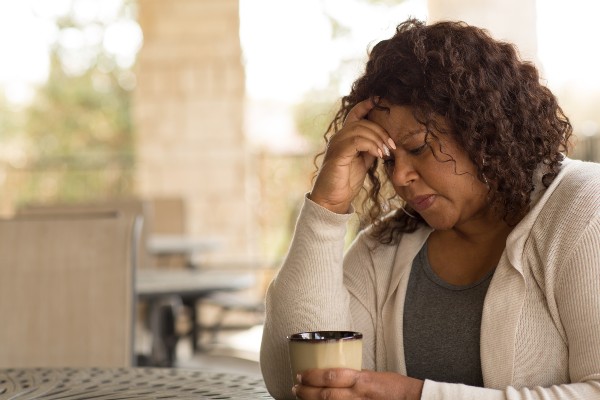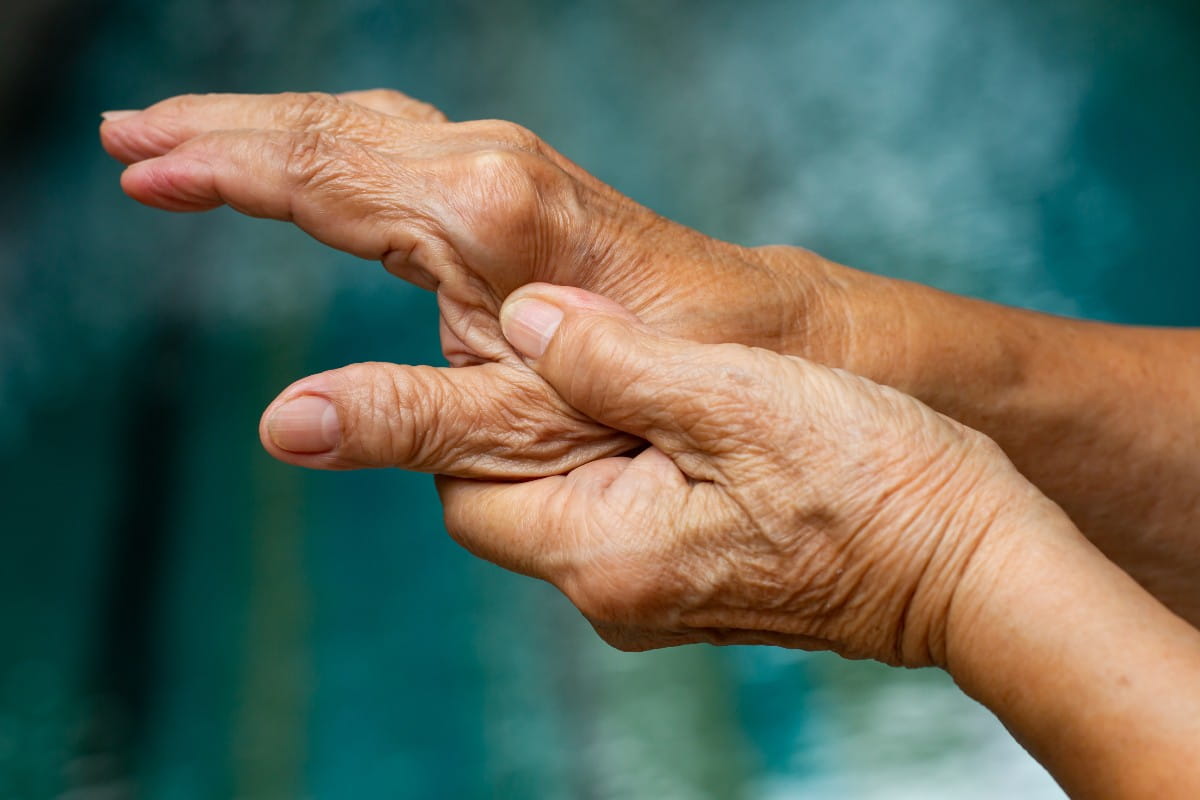According to the Centers for Disease Control and Prevention, 1 in 6 Americans will experience depression at some point in their life. Many things can cause depression, and anyone can get it. Stressful or traumatic events, major life changes, alcohol or drug abuse, health problems and genetics can all play a role in the development of depression. Having severe anxiety can sometimes also cause it.
But though depression is common and can affect anyone, many of us don’t know how to recognize it or how to seek help.
“As a society, we talk about depression more now, but we still feel uncomfortable or ashamed to admit we think we might be depressed,” says Rhonda T Sproles, LCSW (Licensed Clinical Social Worker) with Riverside Primary Care Hidenwood.“Unfortunately, when you ignore depression, other serious physical and mental health problems can arise, including suicide.”
Because the consequences of ignoring depression can be serious, it’s good to know how to recognize it in yourself and those close to you.
What depression looks like
Ms. Sproles says that one of the most common signs of depression is no longer finding joy in things that once made you happy.
“If you used to have a hobby that, all of a sudden, you don’t want to do anymore, or if you suddenly want to withdraw from your regular social activities – these are examples of what you might do when you’re depressed,” Ms. Sproles explains.
Beyond that, Ms. Sproles says the other signs of depression you might see in yourself or others include:
- Concentration problems
- Irritability
- Sluggishness
- Weight loss or weight gain
- Sleeping more than usual or not being able to sleep
- Nervous behaviors such as pacing, foot shaking or nail biting
What depression feels like
“Admitting you have depression is tough,” says Ms. Sproles. “But you can start by writing down how you truly feel inside.”
Here are some ways someone with depression might describe their feelings:
- “I feel sad all the time.”
- “Everything upsets me.”
- “I feel worthless.”
- “I feel like there’s no hope.”
- “I can’t control my anxiety.”
- “I sleep a lot but still feel tired all the time.”
A journal is a good way to keep track of your internal feelings.
What to do if you think it’s depression
First thing, know that a provider can only make a diagnosis of depression when the signs and symptoms have been happening almost continuously for at least two weeks. It’s also important to be aware of the difference between depression and normal sadness or grief.
“Depression, sadness and grief share some signs and symptoms,” Ms. Sproles explains. “But depression is much more persistent, and people affected experience few to no happy moments.”
If you think you or a loved one might be depressed, seek help now, before the problem gets worse. They are trained to talk to you or your loved one about concerns, to evaluate symptoms and to make treatment recommendations.



